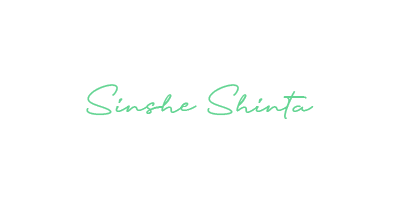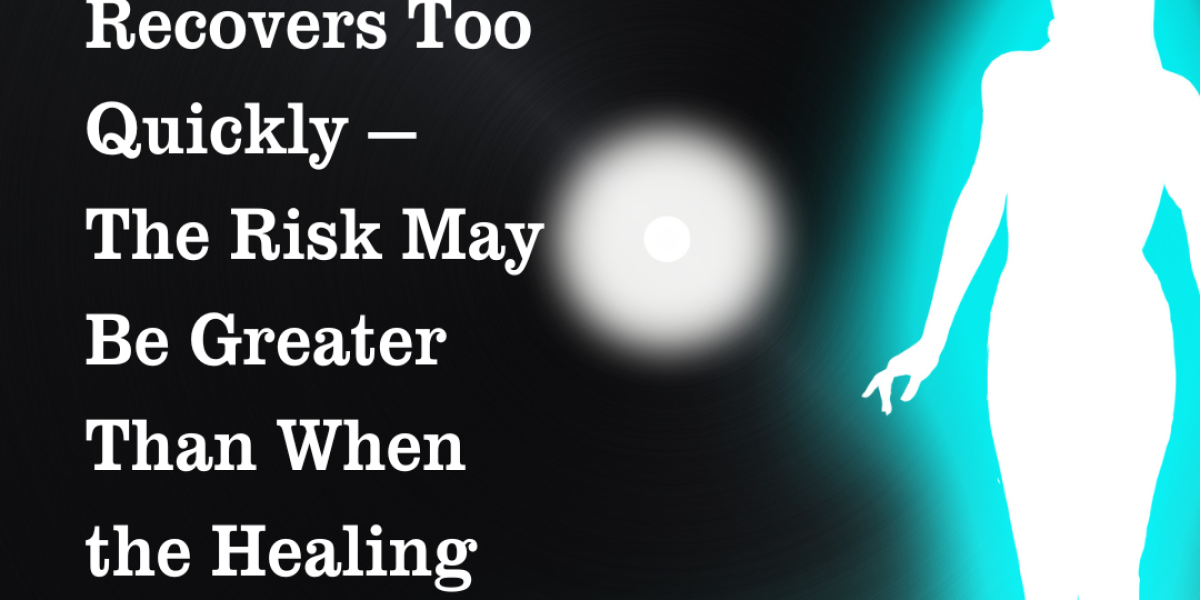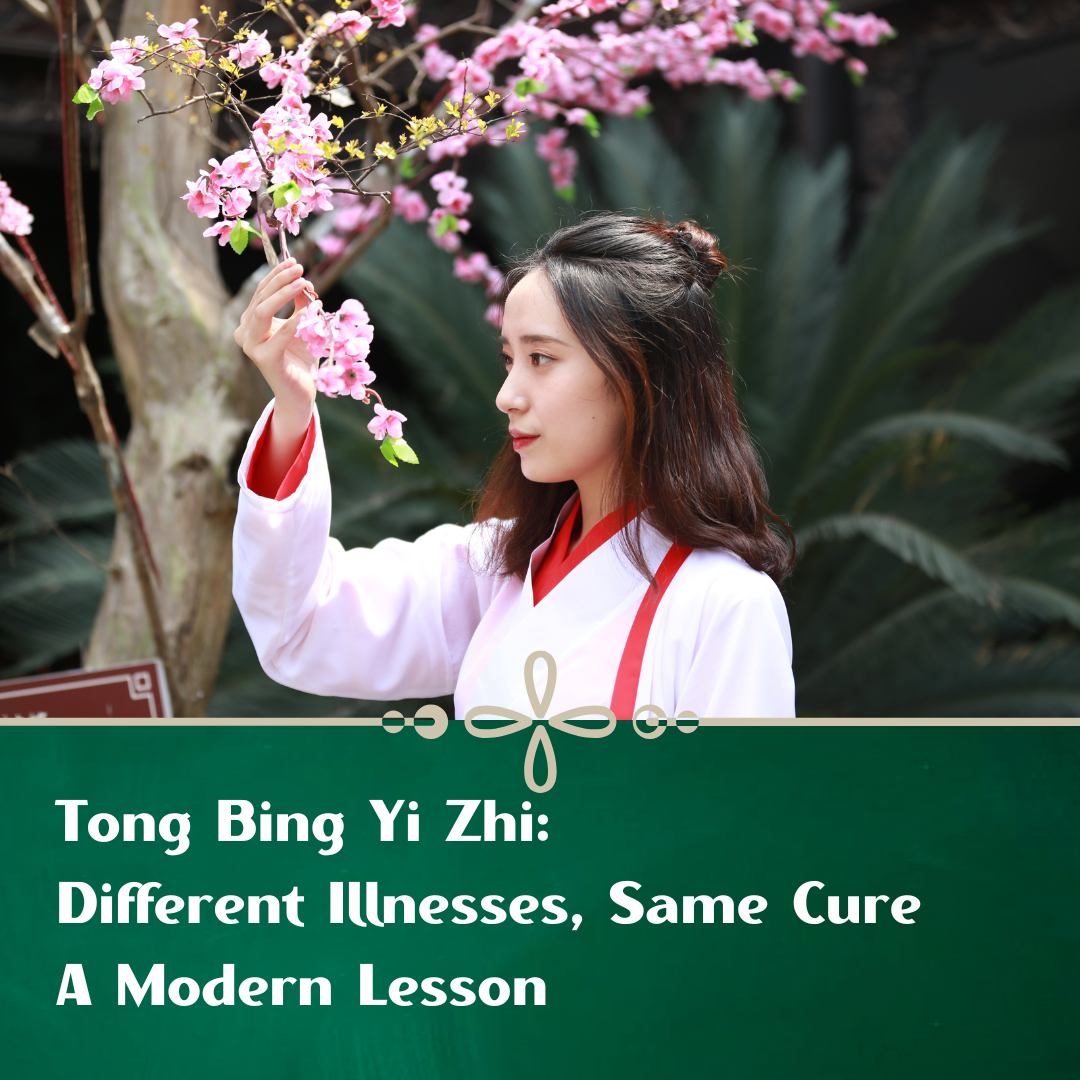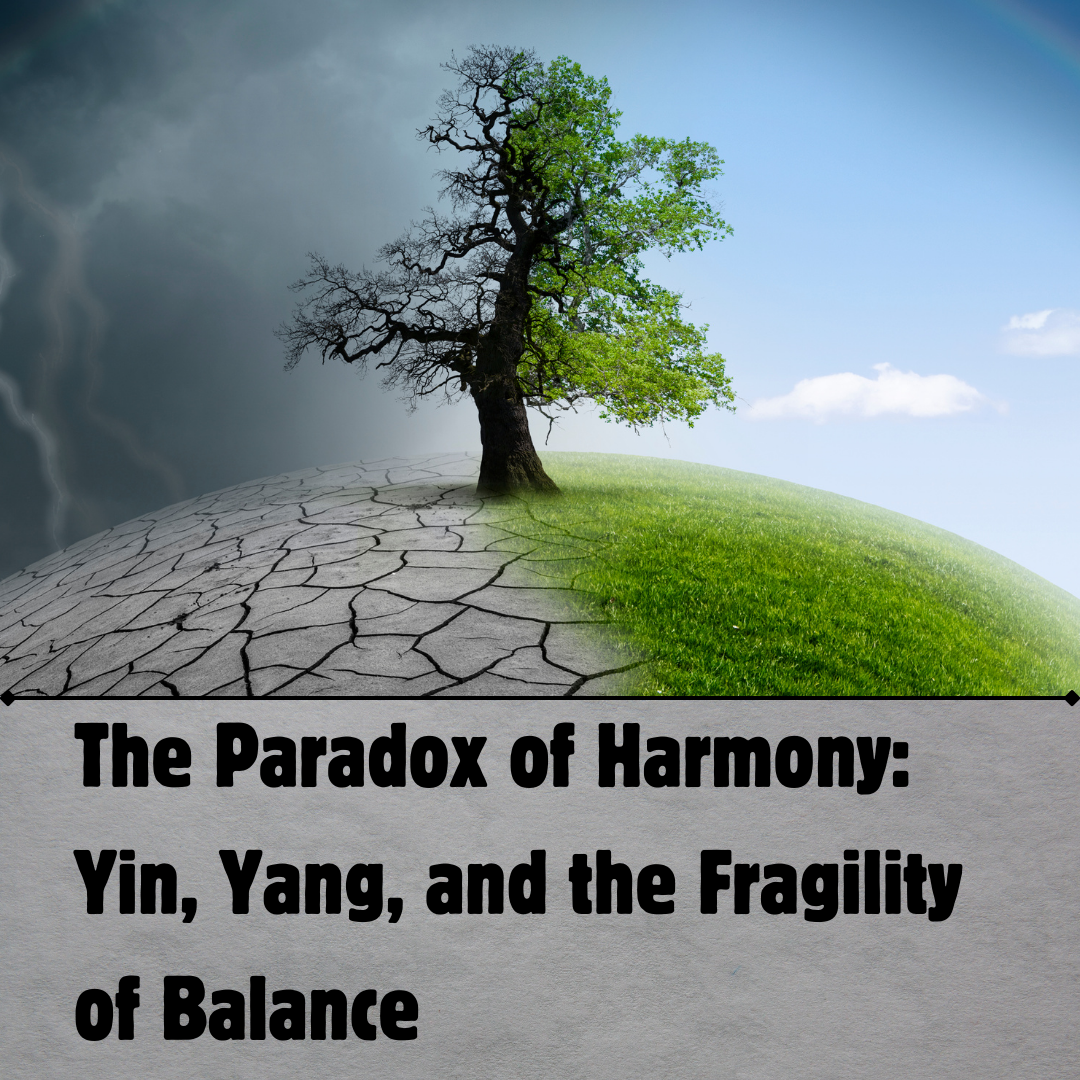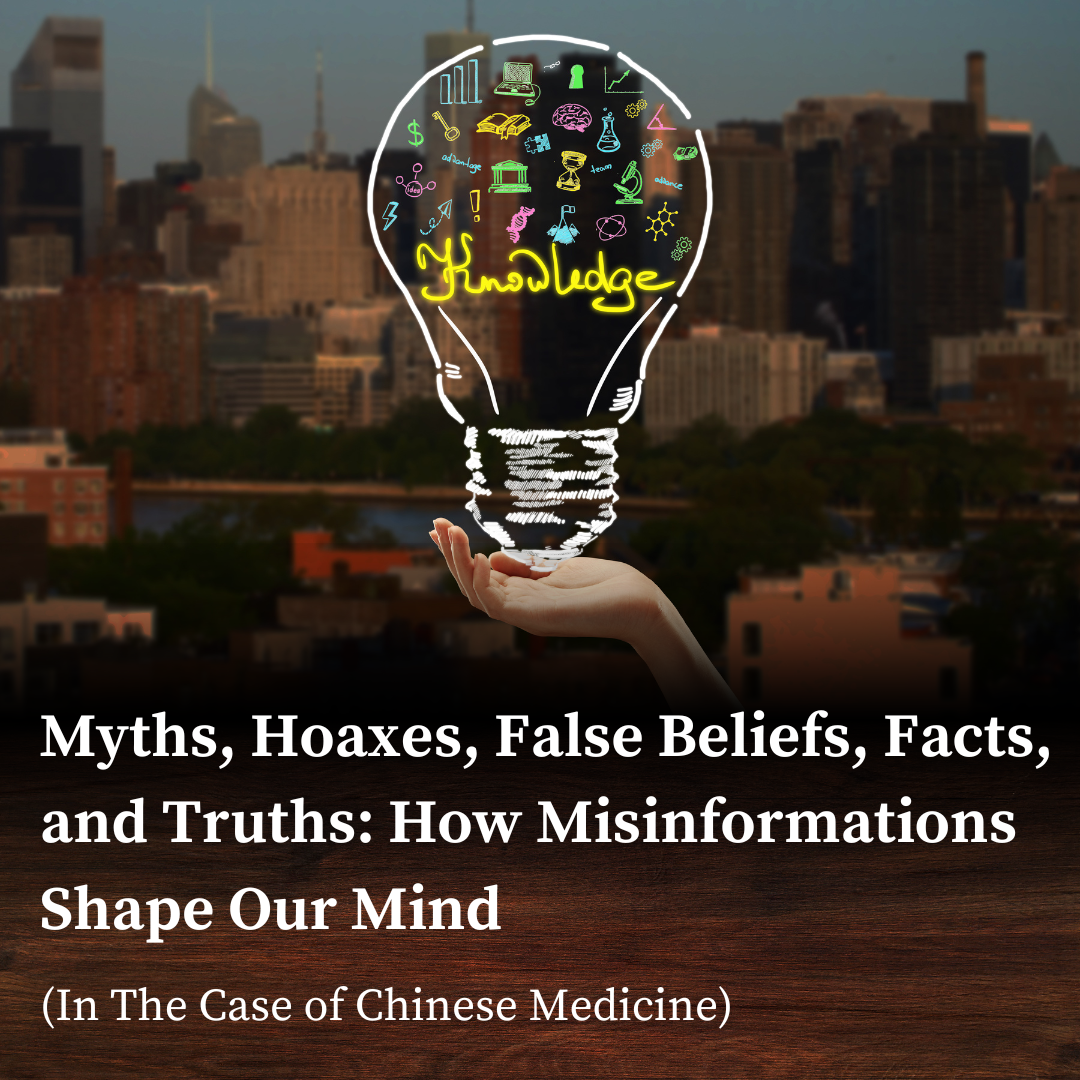Your headaches have returned—even though your previous therapy session, which had shown significant results, had reduced them to only a few residual traces. You had therefore decided to pause therapy temporarily, overwhelmed by your growing workload. Your anxiety had also vanished, you’d become more open-minded and socially comfortable, your colleagues had begun to enjoy your company again, and you had rediscovered warmth in your working relationships. Even your boss had entrusted you with a new assignment that promised meaningful career advancement. The unpleasant symptoms that once accompanied you had disappeared, leaving you satisfied and genuinely happy with the therapeutic outcome.
But then—suddenly—your headaches return, disrupting everything. You find yourself needing to revisit your Chinese Medicine practitioner.
“Sir,” you begin, launching immediately into your complaint the moment you sit face to face with the practitioner. “My headache has come back. Yesterday, after just one therapy session, I felt completely cured! It was incredible. Well… there was still a slight soreness, but compared to how I felt before, it was a major improvement—I felt entirely healthy. So, why has my headache returned?”
The practitioner listens in silence—serious, attentive, and thoughtful. He observes you closely, then begins his inquiry:
“Since when did the headache reappear?”
“Since yesterday. Before that, I felt fine—very comfortable. It happened quite suddenly.”
“Do you feel discomfort in certain temperatures? For example, does heat bother you? Or do you find it difficult to be in a place that isn’t cool?”
“Hmm, yes… that sounds about right. I don’t feel comfortable when it’s too hot. I prefer cool air, though I’m not fond of cold air either.”
“Does your headache worsen in hot weather and improve indoors, where it’s cooler?”
“I didn’t really pay much attention, because it came on so suddenly.”
The practitioner nods, then continues with further questions—asking about your dietary habits, your stress levels, and even your urination and bowel movements. He records your responses in your medical file.
After writing, he looks up and says, clearly and deliberately, “Now please, stick out your tongue.”
Are you surprised or puzzled by this instruction? It might seem unusual or even strange, but certainly not magical. It’s something unlikely to occur in a modern medical consultation, but entirely commonplace in Chinese Medicine. Still, given your past therapy sessions, this request shouldn’t strike you as strange. You extend your tongue as instructed, and the practitioner examines it closely.
“Allow me to palpate the area where you previously reported pain.”
You nod. “Go ahead.”
The practitioner stands and moves behind you, beginning to apply pressure to your neck and shoulders. At times, the pressure feels gentle, like a massage; at other times, it’s firm, even intense—yet never uncomfortable.
“What do you feel when I press here?” she asks.
“Hmm… nothing in particular. It just feels like a massage,” you respond.
She stops and returns to her desk.
“Alright, now hold out your wrist.”
She places the tips of her index, middle, and ring fingers on your wrist. The atmosphere shifts—quiet, focused—as she continues her pulse diagnosis with full attention.
This may not seem extraordinary to you, but for someone experiencing Traditional Chinese Medicine (TCM) for the first time, it could be both intriguing and awe-inspiring. The method she’s using belongs to the Four Diagnostic Examinations in TCM. Curious? I’ll delve into this further in my next post.
The practitioner finishes the examination and concludes, “Your Yin Deficiency has resurfaced—acutely.”
You raise an eyebrow. “So… it’s still the same issue? Yin Deficiency?”
“Yes,” she replies succinctly.
“But the therapy in our last session was so effective and meaningful. Wasn’t the problem resolved?”
“To fully treat Yin Deficiency takes time. One session wasn’t sufficient to achieve lasting progress—let alone a complete resolution, where the acute symptoms no longer appear. Or if they do, it would be very rarely.”
You blink. “So… it will still take a long time for me to achieve full healing?”
The practitioner returns your gaze and replies, slowly and clearly, “Correct.”
Patience Is Required
There’s a common saying in my neighborhood: “Undergoing Chinese Medicine requires patience, because healing takes time.” Other reasons are often given as well: “Chinese Medicine relies on traditional techniques, natural ingredients, and therapies such as acupuncture or cupping, all of which are far from modern. The same goes for massage, tai chi, and qigong—none of these resemble modern medicine. So, of course, the effects aren’t rapid or high-tech.”
But in truth, there are many cases and conditions in which Chinese Medicine can be remarkably fast-acting. Some cases yield rapid effects. Others show moderate improvement. Some take time—slow or very slow—and lean more toward maintenance than cure.
In your case, you’re suffering from what Chinese Medicine calls Yin Deficiency (you can read more about that in my other article). “Deficiency” here means there is a lack of Yin. In other words, your Yin is depleted. Ideally, Yin and Yang should be in dynamic balance, but in your case, the decline of Yin has caused an overactive Yang response.
But does this mean Yin and Yang must always remain perfectly balanced? Is there no room for slight fluctuations—no margin for temporary increase or decrease? Is even a subtle imbalance unacceptable?
That’s a good question. I’ll explore it in more depth in an upcoming post.
In Chinese Medicine, “deficiency” is one of the most difficult conditions to treat. Why? Because it’s not just a matter of dysfunction—it’s a matter of lacking something essential. A deficiency in Yin, Yang, or other vital substances weakens the body’s capacity to self-regulate and heal. Moreover, the patient’s overall health plays a major role. Many patients with deficiency conditions suffer from long-standing dysfunctions, aging processes, or chronic illnesses—often due to lifestyle habits such as sleep deprivation, overwork, or poor diet. These further deplete the body’s resources, making healing even more difficult.
Here is the paradox: If the vital substances remain intact, even severe illnesses may heal quickly. But if the vital substances are damaged or exhausted, even mild illnesses may take a very long time to resolve. Therapy then becomes a gradual, ongoing effort. This is especially true when the deficiency stems from the body’s constitution—our inherited, inborn traits. If it’s congenital, the challenge is greater. In some cases, therapy functions more as preservation than cure. The goal becomes to not get worse.
But maintaining the condition—keeping it from deteriorating—is far better than letting it decline unchecked, isn’t it?
There’s an old Chinese medical saying:
“Superior doctors treat disease before it arises;
Middling doctors treat what is about to arise;
Inferior doctors treat what has already manifested.”
This was said by Bian Que, one of the most legendary figures in the history of Chinese medicine. His words emphasize a central truth: prevention is far more important than cure.
So if you’re told, “This treatment requires patience,” or, “The focus right now is maintenance,”—don’t be discouraged. What’s the use of healing if the therapy only fixes the surface while deeper damage continues unchecked? Chinese Medicine does include the principle of “treating what is apparent,” but it places equal—if not greater—importance on “treating the root.” Many of the great TCM masters have argued that addressing the root is far more crucial. Why? Because surface-level relief is not true healing. What’s the point of claiming a patient has been healed, when the real affliction still lurks beneath—slowly eroding health from within?
So then…
What if the most profound healing lies in being patient—even if the therapy only serves to preserve what is still intact?
Because the most important thing is not speed, but addressing what’s truly broken within the body.
Disclaimer:
This content offers high-level insights intended to stimulate intellectual discussion. It draws from research and analysis, integrating perspectives from Chinese Medicine and related disciplines. However, it is not a substitute for professional medical, scientific, or clinical advice. Readers are encouraged to engage critically and consult a qualified Chinese medicine practitioner or licensed healthcare professional when appropriate.
